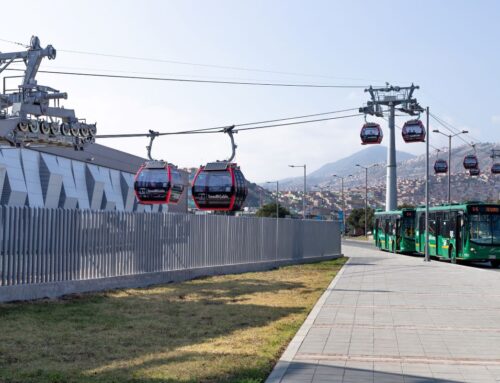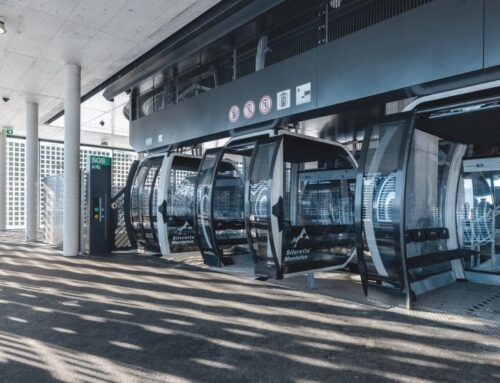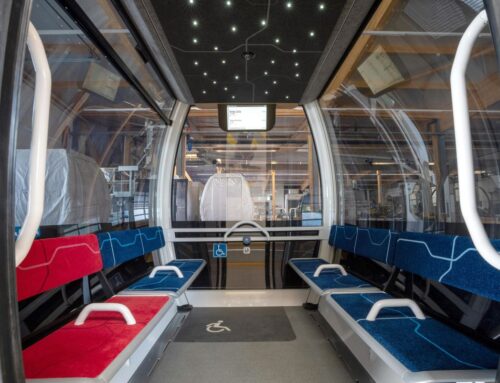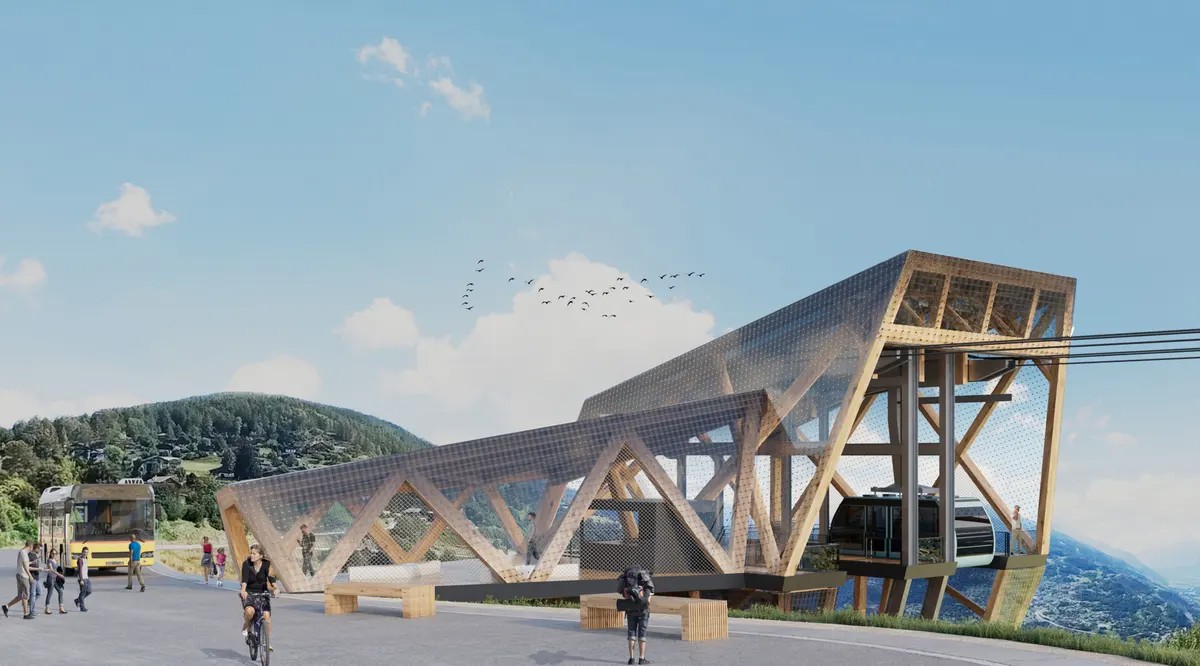
Cities
Sion builds urban cable car
To improve public transportation on the right bank of the Borgne, the canton of Valais, as well as the municipalities of Sion and Mont-Noble, have developed a cable car project. This was reported by the city of Sion in its press release.
According to the announcement, the first part of the spatial planning will be initiated this year – 2024. The cable car line is generally recognized by Bern as a public transportation link and is proposed within the federal development program PRODES.
Attractive Alternative to Cars
The new connection will link Bramois and Nax, with a travel time of seven minutes between the two stations. The cable car, with a capacity of 50 seats, will operate throughout the day and into the late night – a significant improvement compared to the current ten to eleven bus trips per day.
The valley station is optimally connected to the network of Sion city buses and the regional train line that serves Sion and Sierre on the left side of the Rhône. The Nax station provides connections to Vernamiège, Mase, and St Martin.
“This connection represents a highly competitive alternative to cars. Passengers can reach Nax from the Sion train station in 22 minutes, compared to 25 minutes by car and 46 minutes by bus. Additionally, the cable car will lead to a significant reduction in CO2 emissions – we anticipate a savings of 96 tons of CO2 per year,” emphasize the presidents of Sion and Mont-Noble, Philippe Varone and Bernard Bruttin.
Thoughtful Stations
Abundant wood, extensive photovoltaics, and ample natural light: the stations of the planned cable car in Sion are designed with a focus on nature.
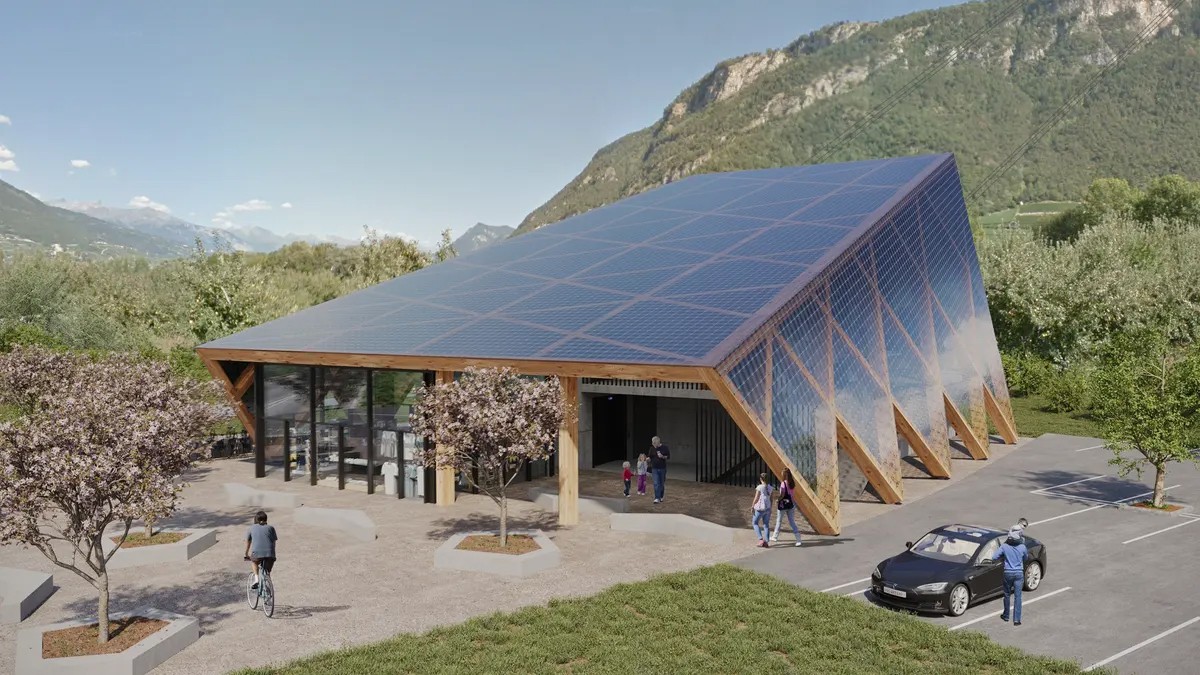
Integration into the Surroundings
The engineering and architecture firms Charpente Concept, Taara Architecture, and Artefact Architecture developed the architectural concept for the cable car stations.
This concept heavily relies on wood as a local, identity-establishing, and sustainable resource, as well as on light. The goal is to achieve optimal integration of the cable car into the surroundings.
The footprint will be minimal, featuring a lightweight wooden structure. The enclosure will be designed to be transparent and equipped with solar panels. This design allows natural light to flood the spaces within the stations while simultaneously contributing to covering part of the infrastructure’s power consumption.
Recognition as a Regional Passenger Transport System
The future cable car has already been fundamentally recognized by the Federal Office of Transport as a regional passenger transport system (TRV). It indeed meets the criteria set by the Confederation in the regulation on passenger transport.
Specifically, the cable car serves a locality with more than 100 inhabitants per year and redistributes existing connections. Therefore, the project is proposed within the PRODES program of the Confederation.
Cable car city Sion
By 2028, an urban cable car is planned to operate in the Swiss city (canton of Valais).
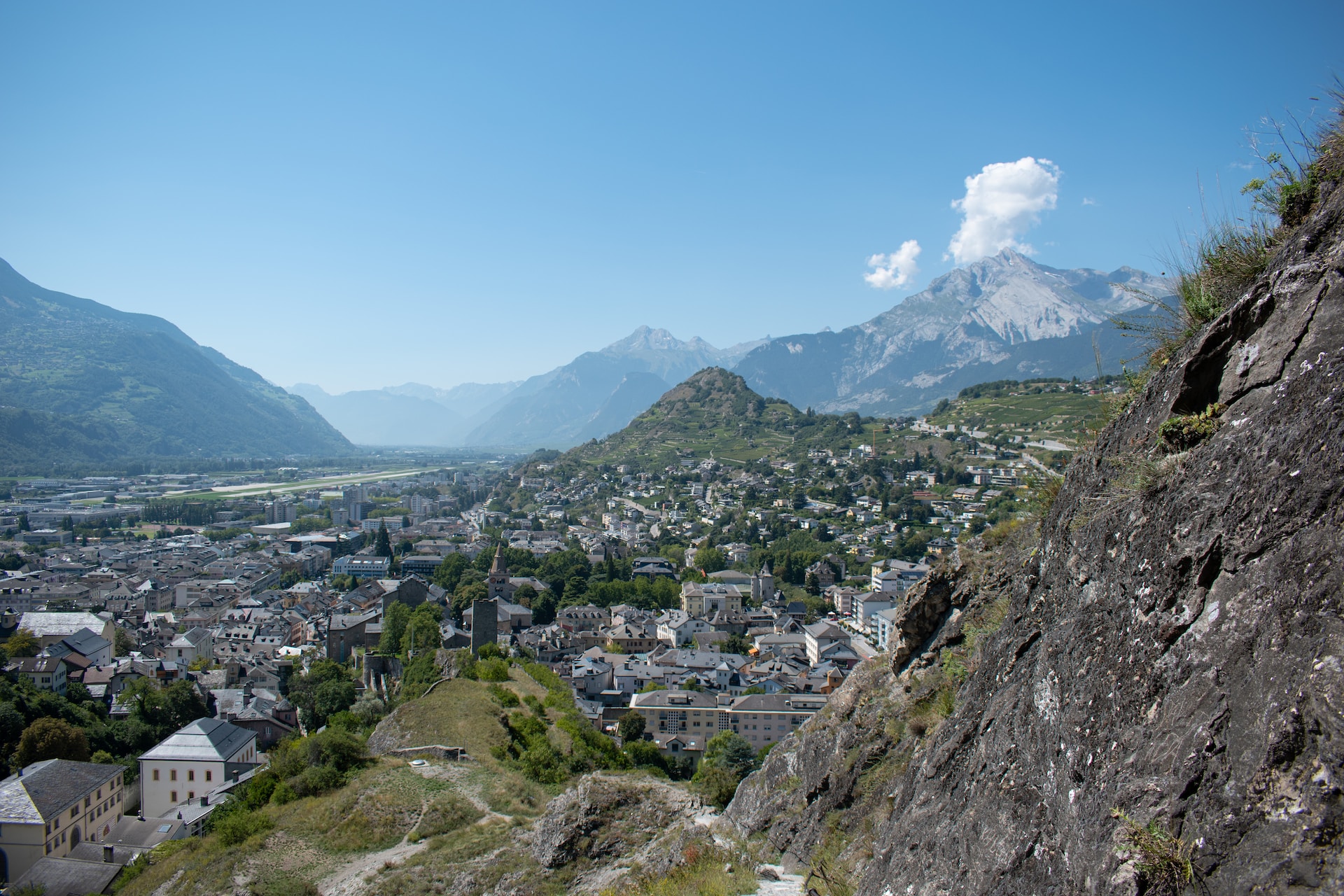
Project Financing
The construction of the cable car line will be financed by the Confederation (50% of project costs, non-repayable), the canton of Valais (one-third of project costs, interest-free loan), and the municipalities (one-sixth of project costs, interest-free loan).
The operational losses of the line, including loan repayments, will be covered by the Confederation (63%), the canton of Valais (37%), and the municipalities (25% of the cantonal share, equivalent to 9%).
Procedures
The project is currently in the coordination phase at the cantonal master plan level. Procedures for amending the zoning plan (PAZ) and the alignment plan will be carried out over the next year.
Following this, an operating company will be established. The future company will then submit an application for concession and approval of plans to the Federal Office of Transport. This could potentially lead to the cable car being operational by the year 2028.
